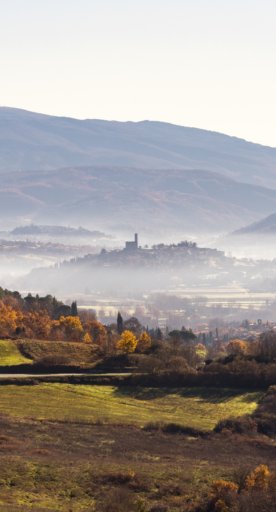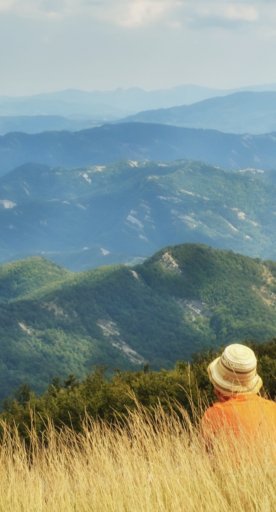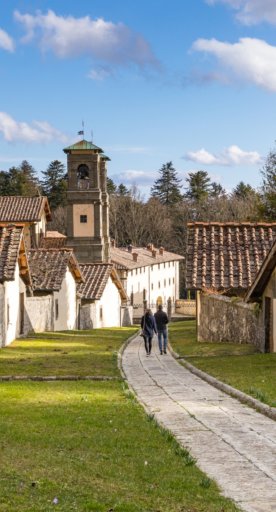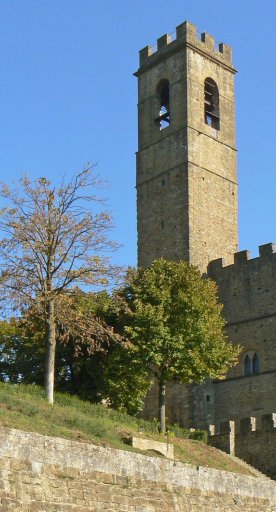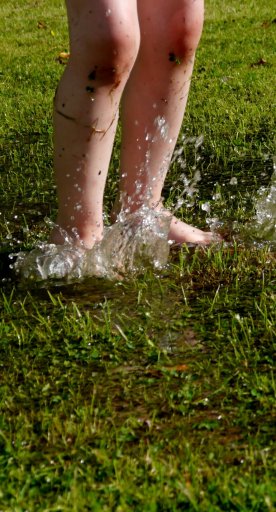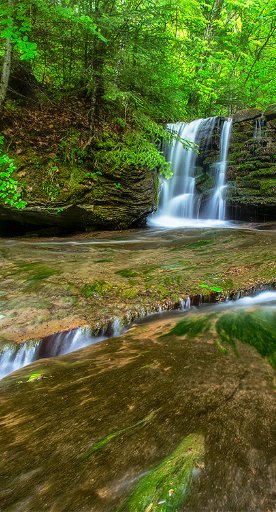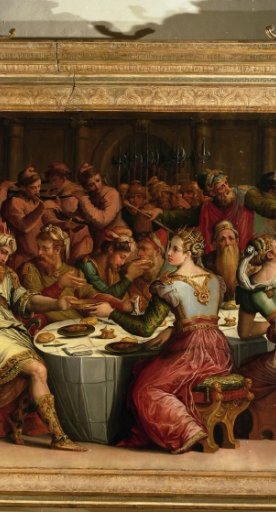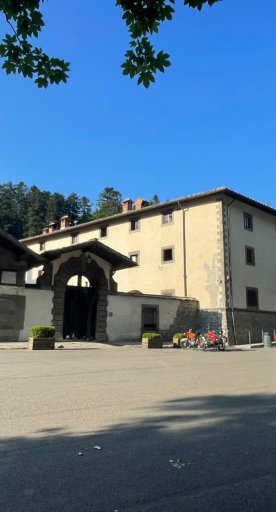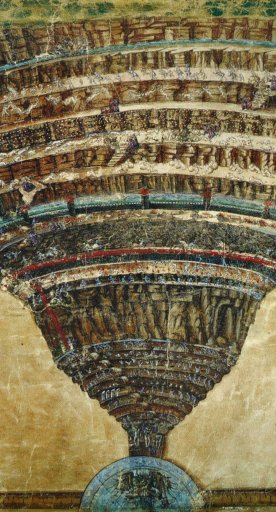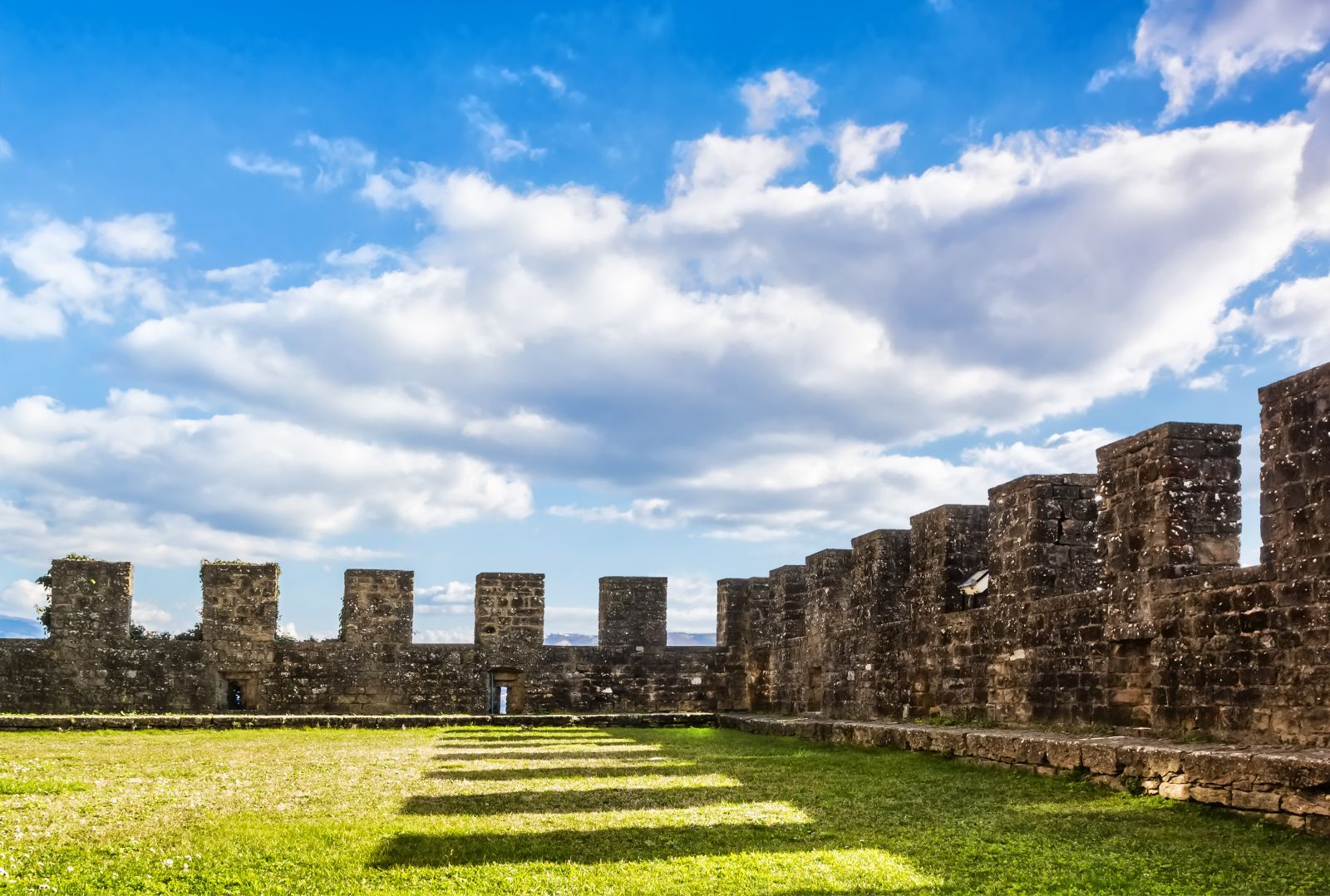It was the Counts Guidi who wanted the Castle built in the 13th century; the oldest part of the medieval manor is supposed to be the work of Lapo di Cambio, while the most recent, built around the end of the 13th century, is attributed to the better-known Arnolfo. In the courtyard the eye is immediately drawn to a complex system of staircases and a very rich collection of coats of arms. Inside the chapel visitors are amazed by a cycle of frescoes by Taddeo Gaddi, one of Giotto's most important disciples. The castle's true must-see is then the splendid library, whose impressive book collection is a real treasure. Among the guests of the Counts Guidi, according to some sources, is alleged to be Dante Alighieri, in 1310, during his exile from Florence.
In the heart of the historic center of Poppi, in Piazza Amerighi, you will find the Oratory of Madonna del Morbo, also known as the Church of Madonna del Morbo. The building was constructed between 1651 and 1659 in honor of the Virgin Mary, who had protected the people of Poppi from the plague that had broken out in the surrounding areas. It is a building with a hexagonal layout over which there is an external dome decorated internally with a starry sky motif.
Walking down Via Cavour, with porticoes alongside it, we come to the very ancient Abbey of San Fedele, which dates back to the 11th century and is rich in numerous works of art including a crucifix of the school of Giotto.
Poppi is home to the Parco Zoo della Fauna Europea (European Wildlife Zoo Park), which covers an area of about 50 hectares, with pine trees, chestnut trees, and centuries-old oaks, inside which some species of European fauna can be seen: the Alpine chamois, the barn owl, the eagle owl, the otter, the wolf, the European lynx, and the bear.



